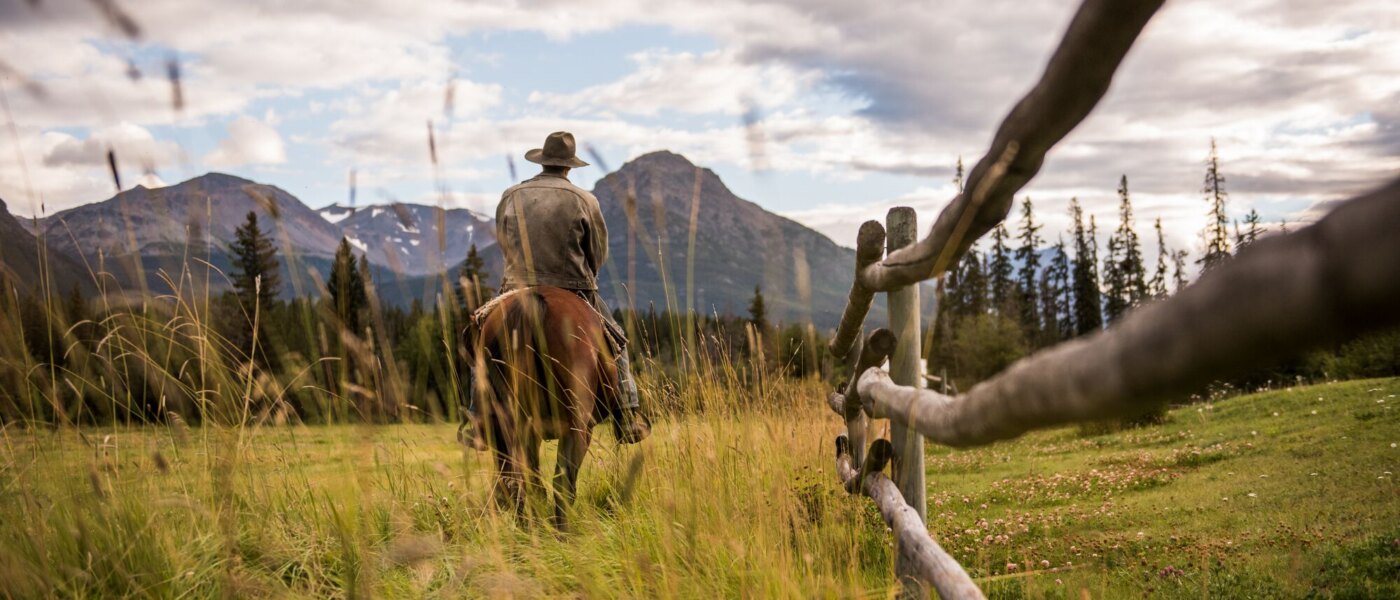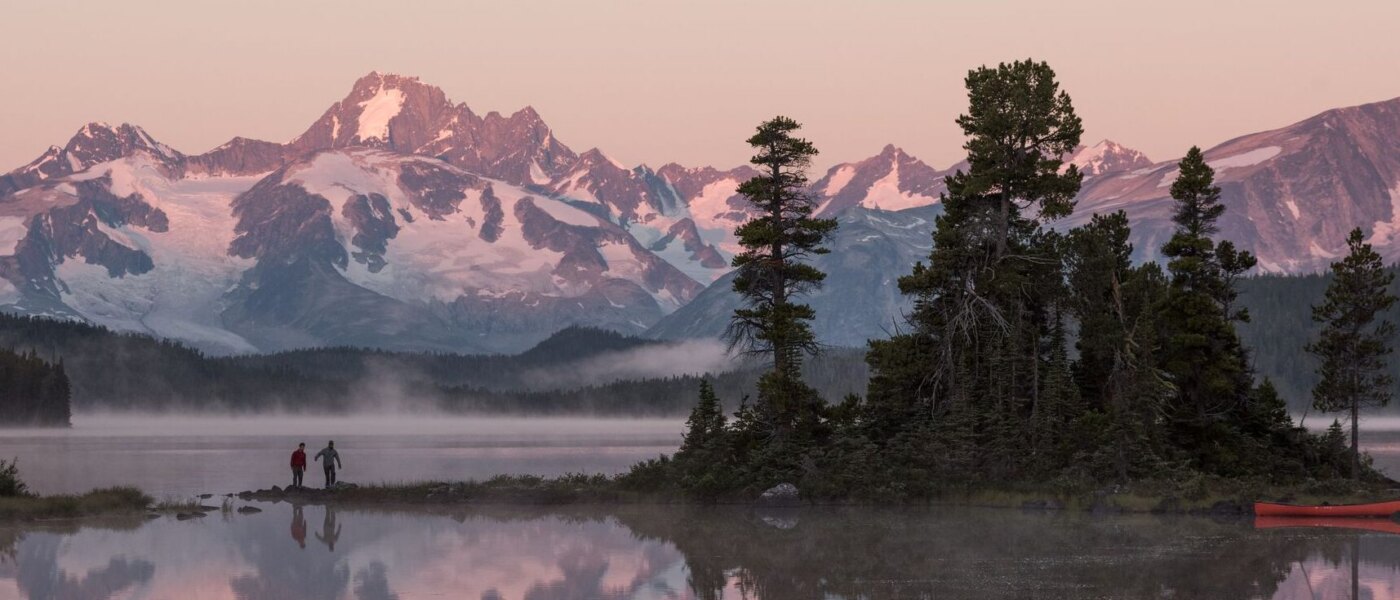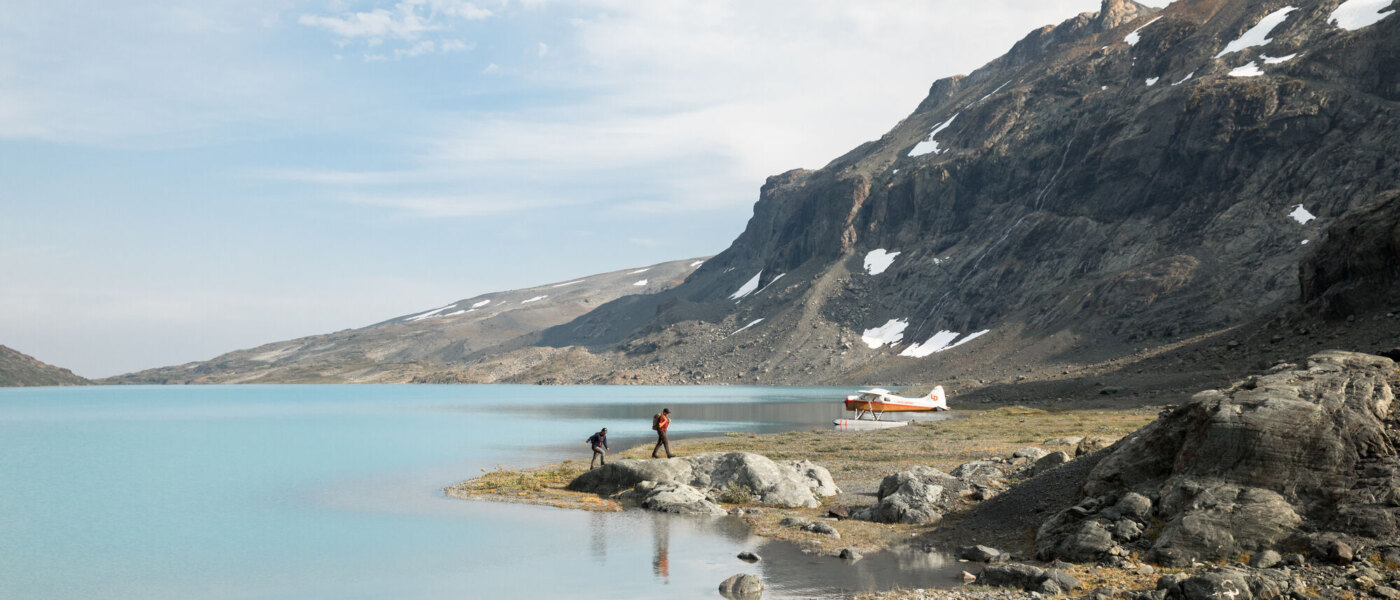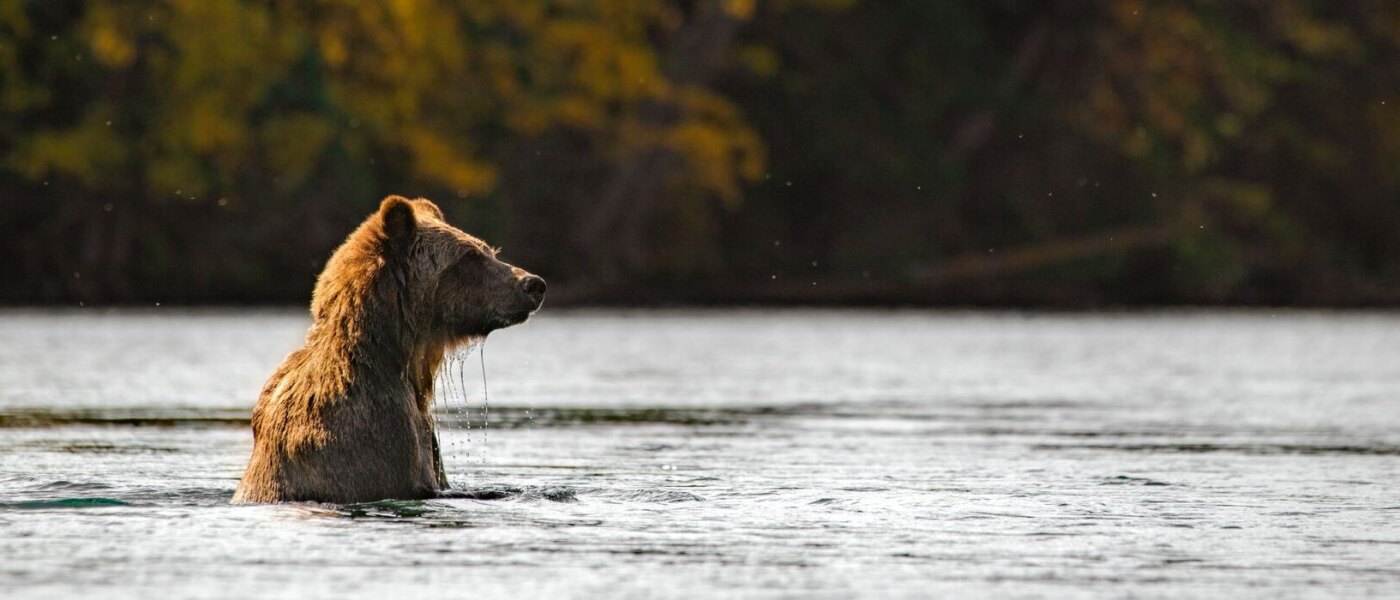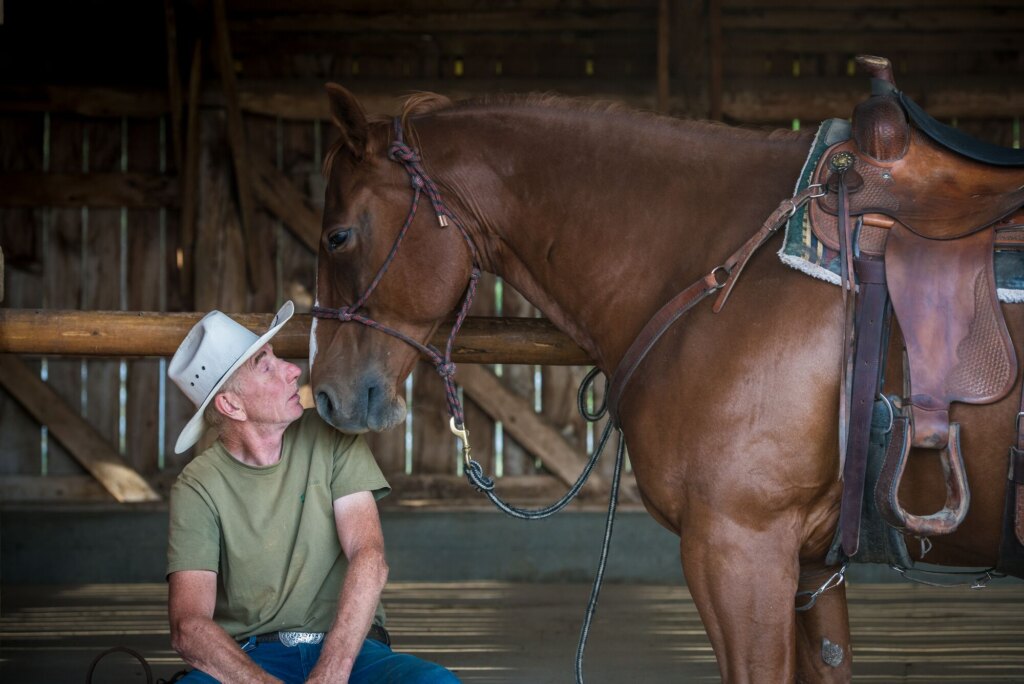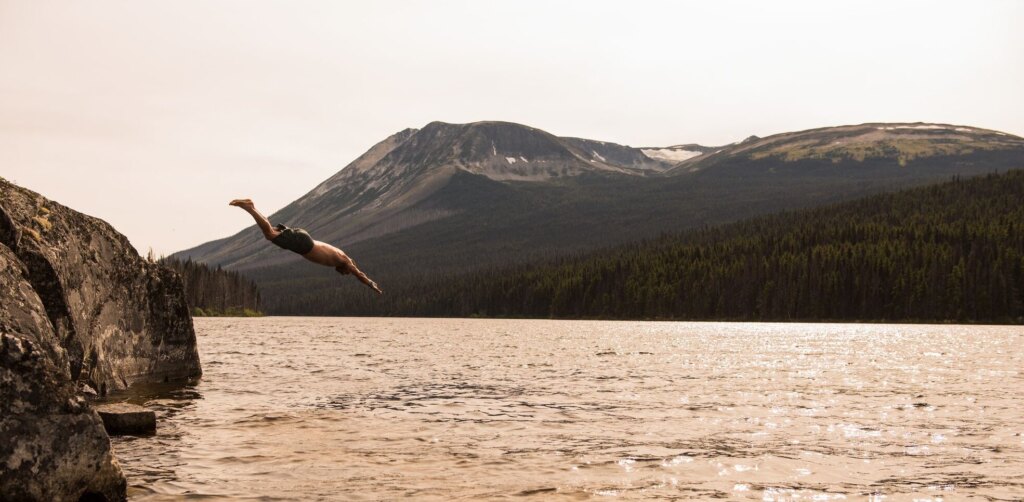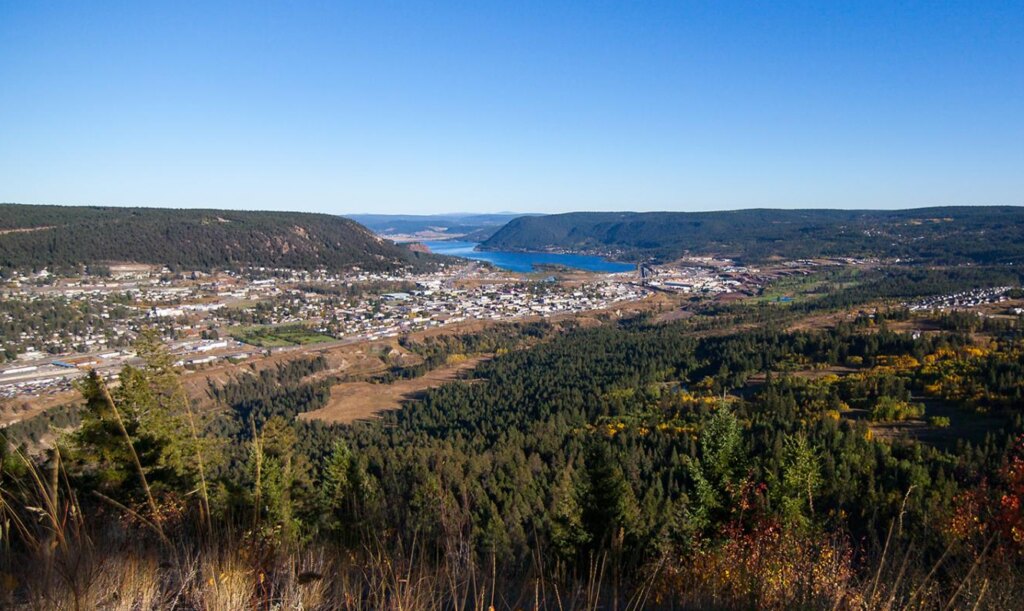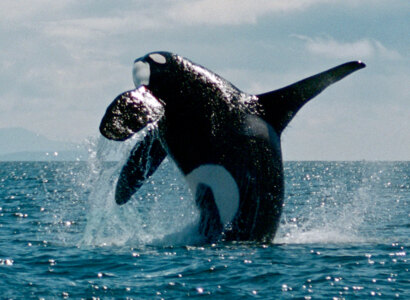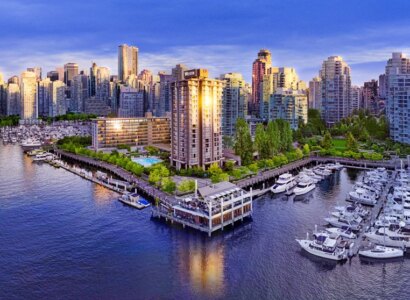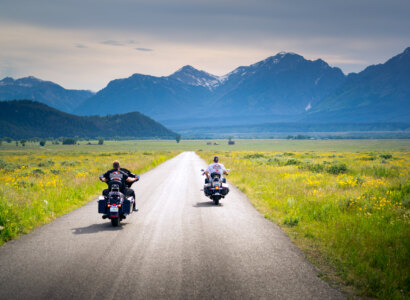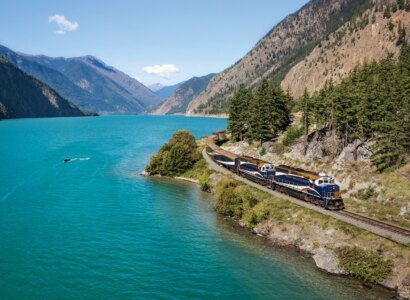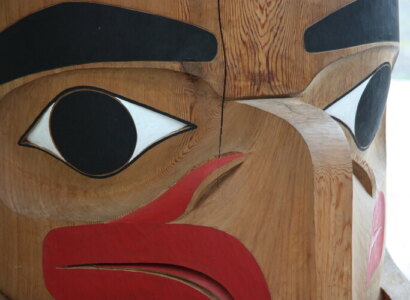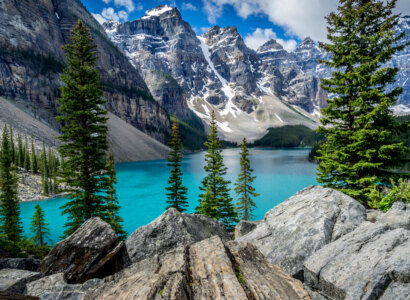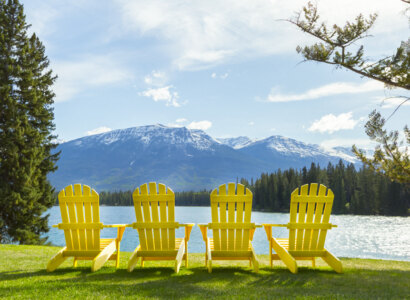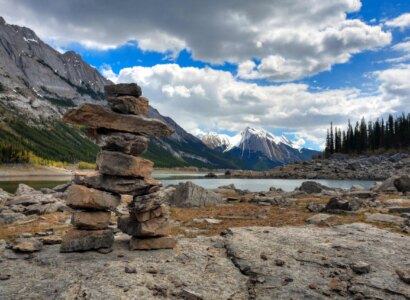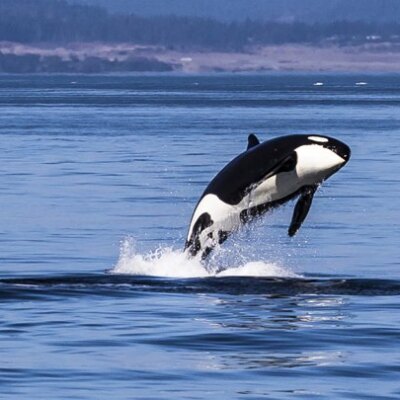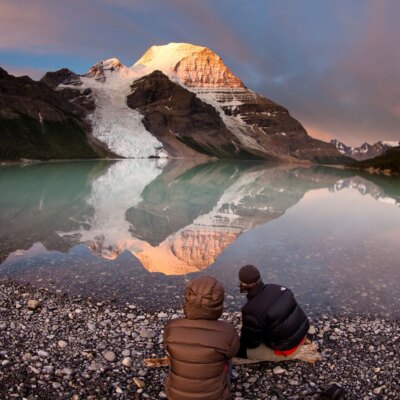Many prospectors were headed for Barkerville, where a miner named Billy Barker struck it rich in 1862. Barkerville Historic Town, 85 kilometres east of Quesnel, is now a National Historic Site and the largest heritage site in western North America, boasting more than a hundred restored heritage buildings, musical theatre shows, stagecoach rides, and actors interpreting actual citizens of 1860s Barkerville.
Nearby is the 1930s-era village of Wells, full of brightly painted false-fronted shops, many selling local arts and crafts. Here, you’ll find several art galleries, the Sunset Theatre, and the annual ArtsWells Festival. Also in the area is Bowron Lake Provincial Park, with its famed 116-kilometre canoe circuit.
The Cariboo is also cowboy country, where guest ranches, from the rugged to the luxurious, welcome city slickers; you might also catch a rodeo while you’re here. Going fishing? Try one of the 100-plus lakes along Highway 24, known as the Fishing Highway.



